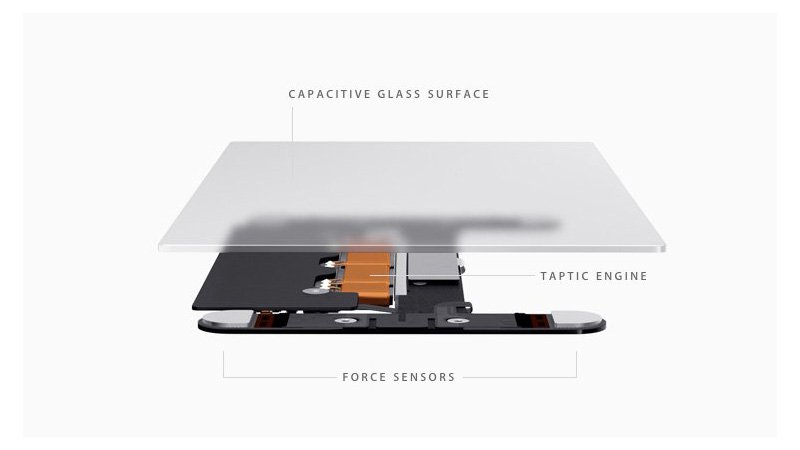“Force Touch sensor to be used on the iPhone will not directly detect the pressure applied by the fingers. But it shall monitor the contact area on which the finger touches the screen to determine how big the pressure is.” – Ming-Chi Kuo, Apple Analyst.
This statement is bound to draw the attention of Apple aficionados the world over. Especially those, who have been waiting with bated breath for the next generation of iPhone, iPhone7.
Earlier rumored to be released as iPhone 6S and iPhone 6S Plus, this new technology implementation to their latest smartphone will earn it the right of a brand new phone all together. Hence, this September, instead of iPhone 6S and 6S Plus, we can expect Apple to launch iPhone 7 itself.
Dynamic Touch response
As per what Kuo had to say about this latest advancement in touch response, the mechanism touch mechanism grows a little more complex from the developers perspective. The design information that is available to us as of now, indicates that the latest touch sensor would be placed under the in-cell touch panel backlight, in order to compensate for space, while at the same time allowing for more transparent LCD attribute.
The touch response would now be able to detect and distinguish between light taps and heavy taps, by calculating the contact area of the screen, instead of detecting the physical pressure of the finger.
This is a good news for many users, as they would not have to be brutal to their otherwise fragile mobile LCD and this latest innovation could actually lead to more longevity of the product.
Force Touch on MacBook and Apple Watch
The upcoming MacBook and Apple Watch will also see a Force Touch version, imbibed in its track-pad. The Watch would include the feature as a “click” that is managed as a virtual integration instead of physical.
The track-pad will have 4 force sensors along its glass surface which will be powered through a Taptic Engine, that generates fast and accurate user response. A general illustration to clarify this point further is the usability of Quicktime Player. With the Force Touch feature in place, a single light tap would result in changing the track; whereas a deeper touch would result in Fast-forwarding the track in itself.
“The new trackpad features built-in force sensors that allow you to click anywhere and haptic feedback that provides a responsive and uniform feel. You can even customize the feel of the trackpad by changing the amount of pressure needed to register each click. The Force Touch trackpad also enables a new gesture called Force Click, a click followed by a deeper press, for tasks like pulling up the definition of a word, quickly seeing a map or glancing at a preview of a file.” – Apple
With around 18 Billion dollars in Net Profit, in the first fiscal quarter of Apple, after their phenomenal success regarding the iPhone 6 and iPhone 6 Plus, the amercian Tech giants are pouring it all into their upcoming gadgets. The success of the iPhone 6 generation was so powerful, that Apple has reportedly decided to do away with their iPhone 6S series and jump directly to iPhone 7 with the revolutionary feature.
Could this be the the final part of the puzzle that perfects Apple’s Touch Response system? Only time will tell. But with the look of it, they are definitely heading in the right direction.

